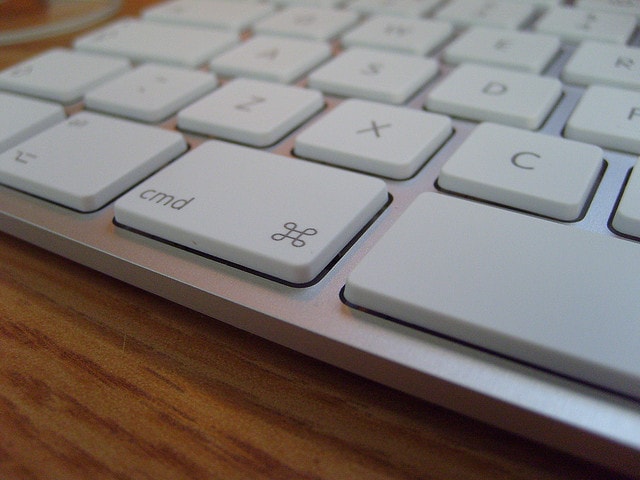Fixing a slow Mac after upgrading macOS: Reset NVRAM (PRAM) & SMC

Whenever you upgrade your MacOS, you should perform resets of NVRAM (formerly PRAM) and SMC to get the full power of the upgrade and clean out old files and settings that will otherwise slow your Mac down.
The guide below is based on using my own Macbook Pro Retina 2013, your computer may vary.
Reset your NVRAM
To reset your NVRAM, you use exactly the same procedure you once used to reset PRAM:
- Shut down your Mac
- Press the power button, and as soon as you hear the startup chime, hold down Command-Option-P-R.
- Keep holding down those keys until you hear a second startup chime.
- Let go of the keys and allow your Mac to continue starting normally.
You may need to check things like the startup disk, display settings, and date/time panes of System Preferences to make sure they’re set the way you want them.
Reset the SMC
To reset the SMC:
- Turn off the Mac
- Make sure the Mac is plugged in to AC power.
- On the keyboard, press and hold the Shift, Option, and Control keys on the LEFT side of the keyboard, and at the same time press the power button. Your Mac should not turn on, if it does, you will need to do this again.
- Release all the keys at once
- Turn the Mac on normally
Does SMC reset delete my files?
No, resetting the SMC does not delete your files. Doing a SMC reset is safe for your computer, it does not delete any of your data.
Does resetting PRAM delete my files?
No. Resetting PRAM is safe for your computer and will not delete your files.
Additional tip: Speed up Safari for Mac
An extra tip for speeding up Safari when it runs slow:
- Reboot the Mac into safe mode by restarting and immediately holding down the “Shift” key
- From Finder, hit Command+Shift+G and enter the following path: ~/Library/Caches/com.apple.Safari/
- Delete the cache files, restart, load Safari (it will recreate the cache files)